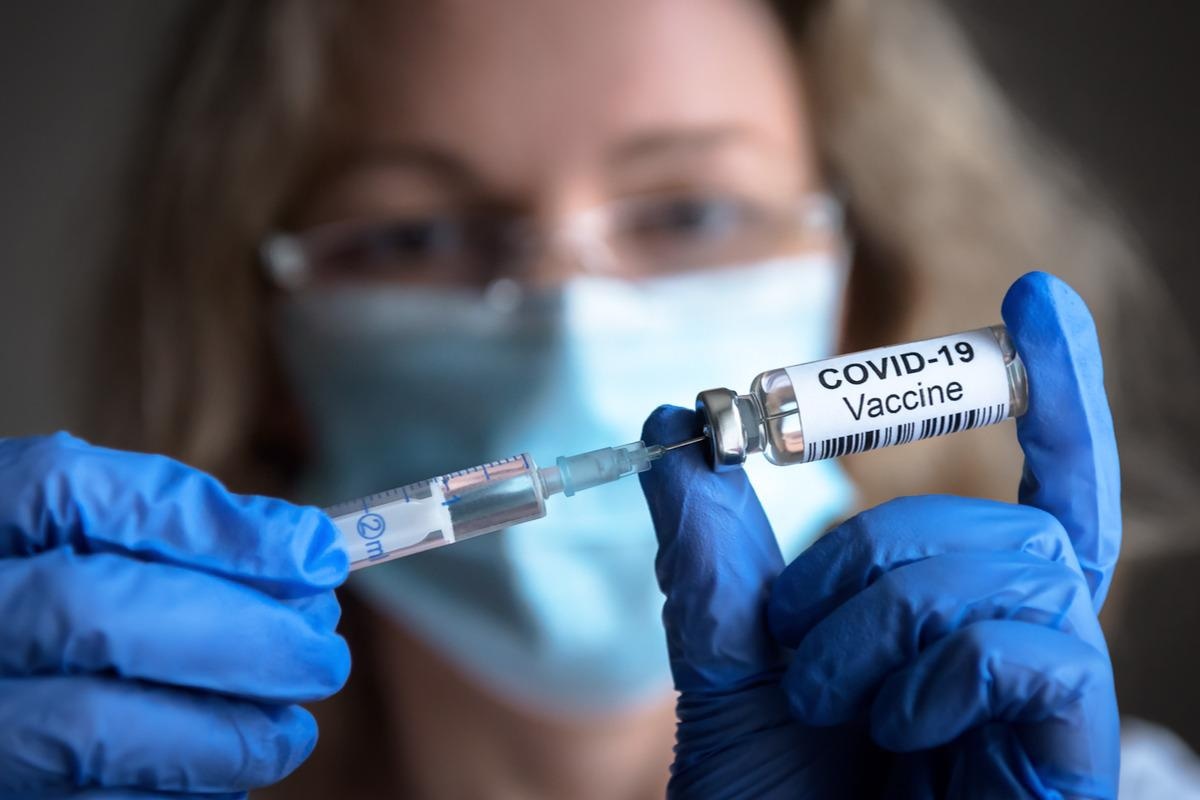In a recent article posted to the medRxiv* preprint server, researchers demonstrated the short-term protection conferred by the severe acute respiratory syndrome coronavirus 2 (SARS-CoV-2) BNT162b2 vaccination in adolescents and children.

Background
The Coronavirus disease 2019 (COVID-19) Pfizer-BioNTech (BNT162b2) vaccine has a lower efficiency against the SARS-CoV-2 Omicron variant than the Delta and other variants. Moreover, the BNT162b2 vaccine's real-world efficacy against Omicron infection in children and adolescents is limited.
Shortly before the SARS-CoV-2 Omicron outbreak, the BNT162b2 two-dose vaccination for children and the third BNT162b2 shot for adolescents were authorized in Israel. The BNT162b2 vaccination was approved in Israel on 2 June 2021 for adolescents aged 12 to 15, and a booster dosage was approved on 29 August 2021 for those who had received the second vaccine at least five months before. Starting 23 November 2021, children aged five to 11 received a two-dose BNT162b2 vaccination utilizing a third of the amount provided to children aged 12 and older. However, the impact of these vaccinations on Omicron-confirmed SARS-CoV-2 infection rates in these populations is still unknown.
About the study
In the current work, the researchers analyzed data from Israel to investigate the efficacy of the two-dose BNT162b2 schedule for children aged five to 11 years old and the booster shot for adolescents aged 12 to 15. The authors collected information for the Omicron BA.1 sublineage-dominated timeframe: between 26 December 2021 and 8 January 2022 in Israel. They noted that credible estimates of efficacy for the time following 8 January 2022 were hard to acquire due to substantial policy changes in COVID-19 testing, contact isolation, and quarantine in schools.
The scientists analyzed data from the Israeli Ministry of Health database, which contained information on all vaccinations and tests performed in Israel. The study cohort included children (aged five to 10) and adolescents (12 to 15) if they had received a COVID-19 vaccine or had taken at least one state-regulated antigen or polymerase chain reaction (PCR) test before 1 December 2021. The team omitted the 11-year-old age group because the current data only contained age in years, and vaccination eligibility dates varied for 11 and 12-year-olds.
The investigators evaluated rates of confirmed SARS-CoV-2 infection in children aged five to 10 years old 14 to 35 days after getting the second dose with an internal control cohort of children three to seven days following receiving the first shot when the vaccination was still ineffective. Likewise, they compared confirmed COVID-19 rates in adolescents aged 12 to 15 years old 14 to 60 days following getting a booster shot to a control cohort of adolescents three to seven days after getting the booster dose. The authors used Poisson regression controlling for sex, age, calendar week, exposure, and socioeconomic level.
Results and conclusions
Overall, the study results showed that the COVID-19 BNT162b2 vaccination offered an initial nearly two-fold improvement in immunity against SARS-CoV-2 infection in children aged five to 10. The estimated incidence of confirmed COVID-19 in the five to 10 age category was 2.3-times lower in the second dose cohort compared to the internal control population.
In addition, the current analysis found that a recent BNT162b2 booster dose in adolescents reduced SARS-CoV-2 infections by three- to four-time relative to the internal control. Specifically, the third dose decreased confirmed-COVID-19 rates over 3.3-time in adolescents.
The authors found that different testing habits did not explain the reduced confirmed-SARS-CoV-2 infection rates in the vaccinated groups relative to the non-vaccinated. In all age categories, the non-vaccinated cohorts tested less frequently than the vaccinated groups, implying that the predicted protection compared to non-vaccinated persons may be underestimated.
While the vaccine-naive cohorts had reduced testing rates than the vaccinated groups, the internal control subjects had a slightly higher testing rate than the second dose vaccination group in the five to 10 age range, which might contribute to an overestimation of the vaccine's protection. The internal control subjects had a decreased testing rate than the booster group in the vaccinated 12 to 15 age range, probably indicating that the booster shot confers a better degree of protection than anticipated in this study.
To summarize, the current investigation illustrated an assessment of the COVID-19 BNT162b2 vaccine's transient protection against confirmed SARS-CoV-2 infection in adolescents and children. Relative to the corresponding internal control cohorts, the recent two-dose vaccination of the BNT162b2 vaccine in children and the latest booster shot in adolescents lowered the risk of confirmed SARS-CoV-2 infection. The authors mentioned that future research was needed to determine how long this protection lasts and how well it protects against other COVID-19 outcomes, including long-COVID and pediatric inflammatory multisystem syndrome temporally associated with SARS-CoV-2 (PIMS-TS).
*Important notice
medRxiv publishes preliminary scientific reports that are not peer-reviewed and, therefore, should not be regarded as conclusive, guide clinical practice/health-related behavior, or treated as established information.
- Ofra Amir, Yair Goldberg, Micha Mandel, Yinon M. Bar-On, Omri Bodenheimer, Laurence Freedman, Nachman Ash, Sharon Alroy-Preis, Amit Huppert, Ron Milo. (2022). Initial protection against Omicron in children and adolescents by BNT162b2. medRxiv. doi: https://doi.org/10.1101/2022.05.22.22275323 https://www.medrxiv.org/content/10.1101/2022.05.22.22275323v1
Posted in: Medical Science News | Medical Research News | Disease/Infection News
Tags: Adolescents, Antigen, Children, Coronavirus, covid-19, Efficacy, immunity, Omicron, Polymerase, Polymerase Chain Reaction, Research, Respiratory, SARS, SARS-CoV-2, Severe Acute Respiratory, Severe Acute Respiratory Syndrome, Syndrome, Vaccine

Written by
Shanet Susan Alex
Shanet Susan Alex, a medical writer, based in Kerala, India, is a Doctor of Pharmacy graduate from Kerala University of Health Sciences. Her academic background is in clinical pharmacy and research, and she is passionate about medical writing. Shanet has published papers in the International Journal of Medical Science and Current Research (IJMSCR), the International Journal of Pharmacy (IJP), and the International Journal of Medical Science and Applied Research (IJMSAR). Apart from work, she enjoys listening to music and watching movies.
Source: Read Full Article
